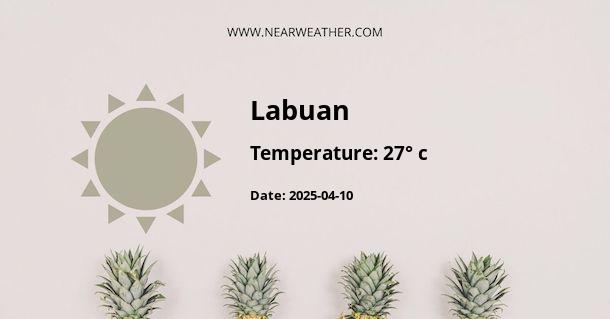Climate and Weather in Victoria, MY
Located on the southeastern coast of Australia, Victoria is known for its diverse climate and ever-changing weather patterns. The state experiences four distinct seasons throughout the year, with each season bringing its own unique characteristics. In this article, we will explore the climate and weather in Victoria, MY, providing detailed information about temperature, precipitation, and other climatic factors.
Temperature
Victoria experiences a temperate climate, with mild to cool temperatures throughout the year. The temperature can vary significantly between different regions of the state. Coastal areas, such as Melbourne, tend to have milder temperatures compared to inland regions.
The summer months in Victoria, which span from December to February, are generally warm with average maximum temperatures ranging from 25°C to 30°C (77°F to 86°F). However, heatwaves can occur, pushing temperatures above 40°C (104°F) for several days. In contrast, winter months (June to August) are cooler, with average maximum temperatures ranging from 11°C to 15°C (52°F to 59°F). Frost is not uncommon in some inland areas during winter mornings.
Precipitation
Victoria experiences a relatively high amount of precipitation throughout the year. Rainfall patterns vary across different regions, with coastal areas receiving more rainfall compared to inland regions.
The wettest months in Victoria are typically during spring (September to November) and early summer (December). These months receive an average of 50 mm to 70 mm (2 to 3 inches) of rainfall per month. Winter months also receive moderate rainfall, ranging from 40 mm to 60 mm (1.5 to 2.5 inches) per month. In contrast, summer months are generally drier, with average monthly rainfall ranging from 20 mm to 40 mm (0.8 to 1.5 inches).
Sunshine Hours
Victoria enjoys a moderate amount of sunshine throughout the year, with variations between seasons. On average, the state receives around 6 to 8 hours of sunshine per day.
During summer, Victoria experiences longer daylight hours, with an average of 10 to 12 hours of sunshine per day. In contrast, winter days are shorter, and the state receives around 4 to 6 hours of sunshine per day. However, it is important to note that these values can vary depending on cloud cover and weather conditions.
Extreme Weather Events
Victoria is known for its occasional extreme weather events, which can have significant impacts on the state. These events include heatwaves, bushfires, and storms.
Heatwaves can occur during the summer months, with prolonged periods of high temperatures. These events can pose health risks, and it is important for residents and visitors to take necessary precautions to stay cool and hydrated during such periods.
Bushfires are a common occurrence in Victoria, particularly during the summer months when dry and hot conditions prevail. The state has implemented various strategies and systems to manage and respond to bushfire threats, including early warning systems and firefighting resources.
Victoria also experiences storms, including thunderstorms and hailstorms, which can be accompanied by heavy rainfall and strong winds. These storms can cause damage to infrastructure and pose risks to individuals if proper precautions are not taken.
Conclusion
Victoria, MY, experiences a temperate climate with mild to cool temperatures throughout the year. The state receives a relatively high amount of precipitation, with coastal areas receiving more rainfall compared to inland regions. Victoria enjoys a moderate amount of sunshine, with longer daylight hours during summer. It is important to be aware of and prepared for extreme weather events that can occur in the state, such as heatwaves, bushfires, and storms.
A - Labuan's Latitude is 5.276670 & Longitude is 115.241669.
A - Weather in Labuan is 30° today.
A - Climate Conditions in Labuan shows few clouds today.
A - Humidity in Labuan is 79% today.
A - Wind speed in Labuan is 8.06 km/h, flowing at 230° wind direction. today.
